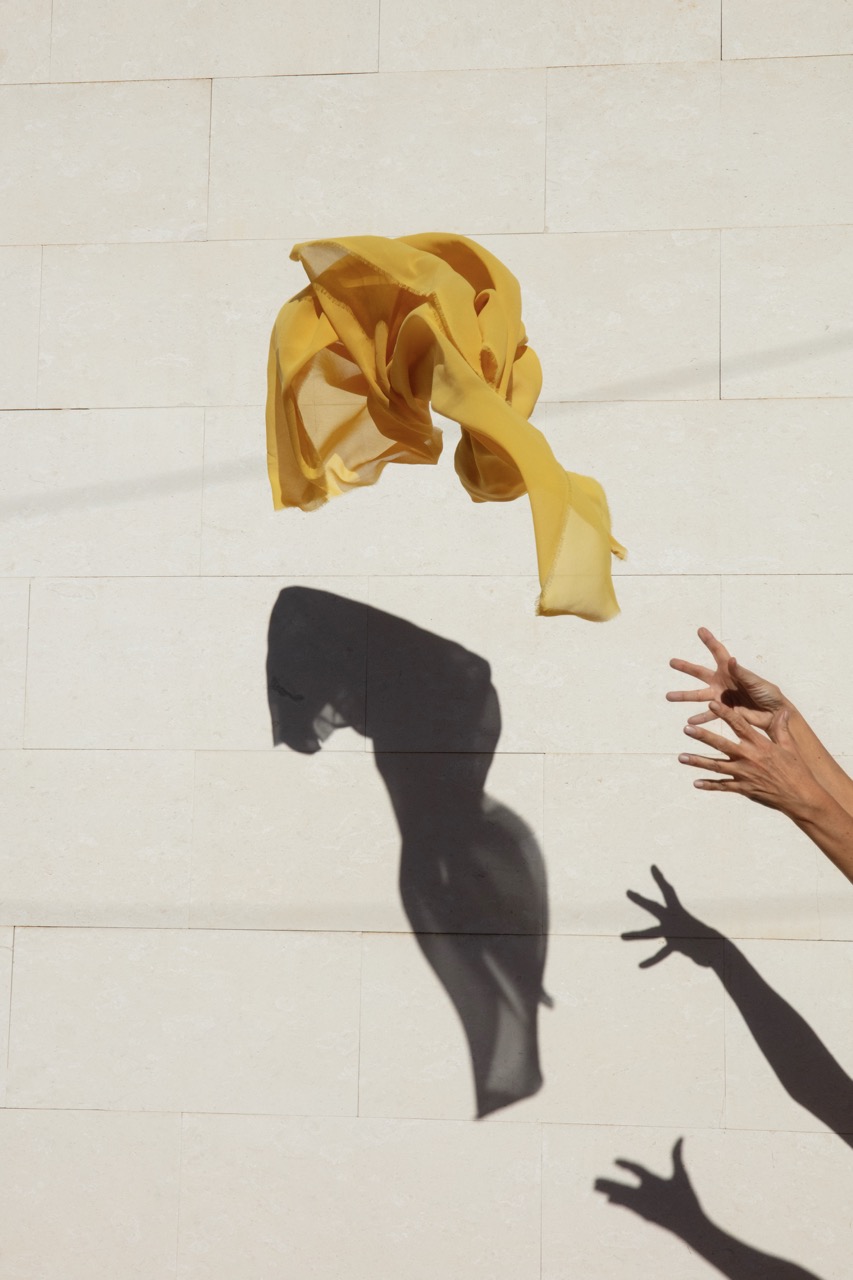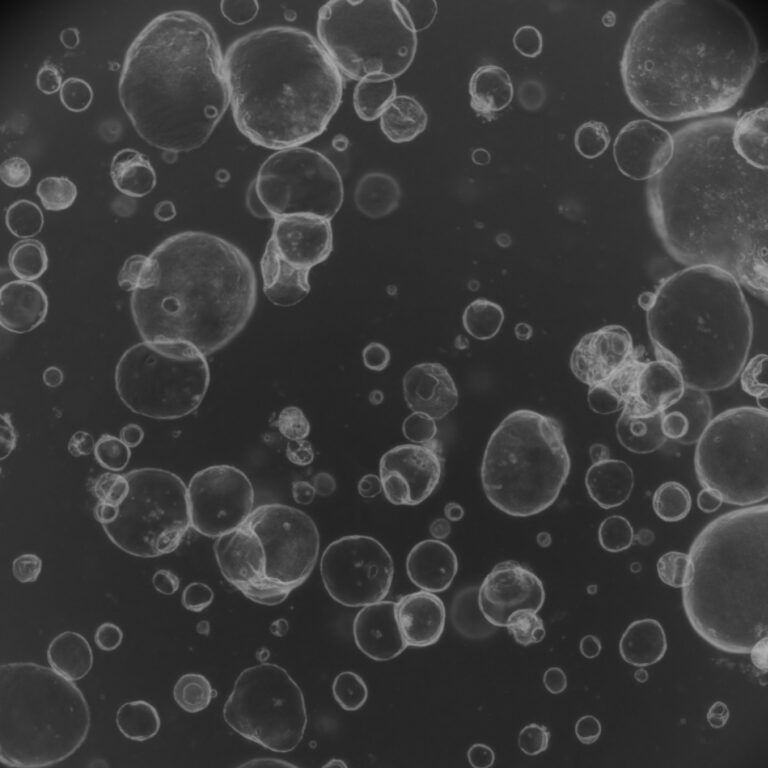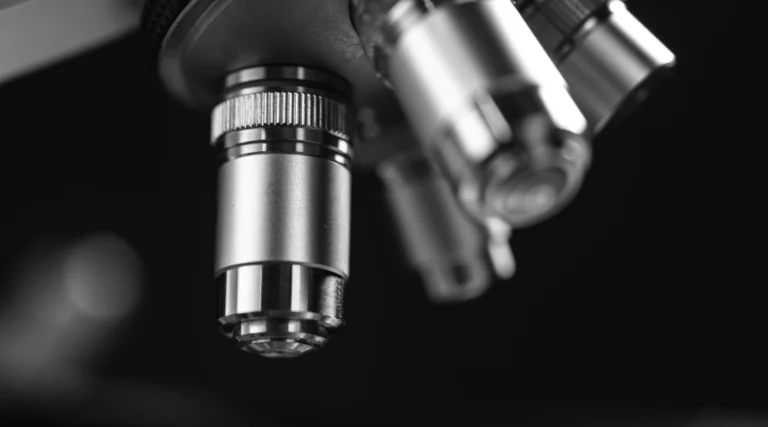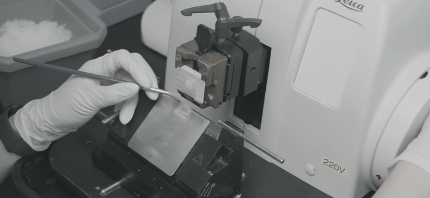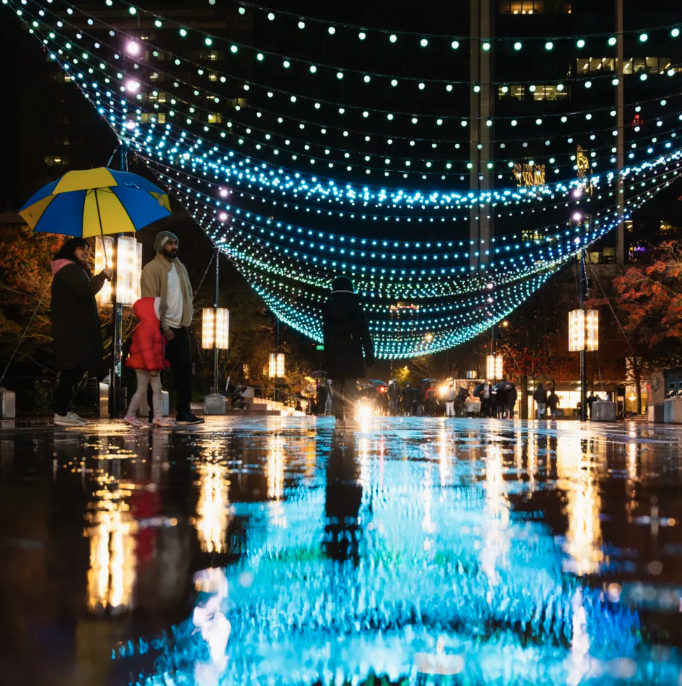Nature’s palette takes center stage as biotechnology revolutionizes the textile industry through an unexpected artist – bacteria. In a fusion of biotechnology and sustainable fashion, designers Laura Luchtman and Ilfa Siebenhaar demonstrate how bacteria can transform textile dyeing. Their Living Colour project harnesses the pigmentation abilities of microorganisms like Janthinobacterium lividum to create stunning, naturally dyed textiles.
These microscopic organisms produce vibrant pigments through their natural metabolic pathways, creating unique color patterns without the environmental burden of traditional methods. While conventional textile dyeing consumes vast quantities of water and releases harmful chemicals, bacterial pigments offer a sustainable alternative, requiring minimal resources while producing biodegradable, non-toxic dyes.
This symbiosis of microbiology and design excellence illustrates how nature’s smallest organisms can inspire solutions to fashion’s environmental challenges. As we explore the capabilities of microbial pigments, we discover that these tiny organisms may hold the key to transforming not just how we color our clothes, but how we approach sustainable design across industries.
SAVE UPTO 30% ON ORGANOID SERVICES & ASSAYS - Offer end 28 February 2026
Meet us at ODC25 ASEAN (December 12-13) - New Science New Culture
SAVE UPTO 30% ON ORGANOID SERVICES & ASSAYS - Offer end 28 February 2026
Meet us at ODC25 ASEAN (December 12-13) - New Science New Culture
SAVE UPTO 30% ON ORGANOID SERVICES & ASSAYS - Offer end 28 February 2026
Meet us at ODC25 ASEAN (December 12-13) - New Science New Culture
